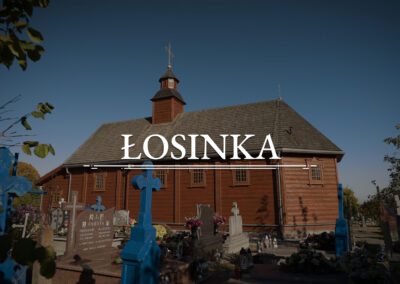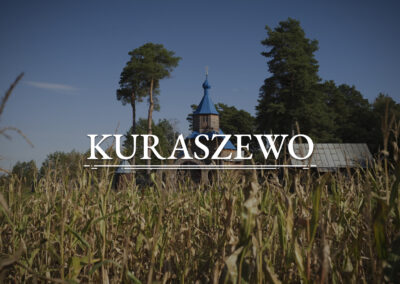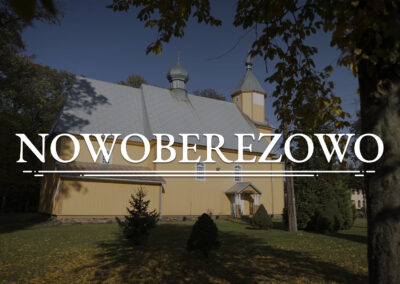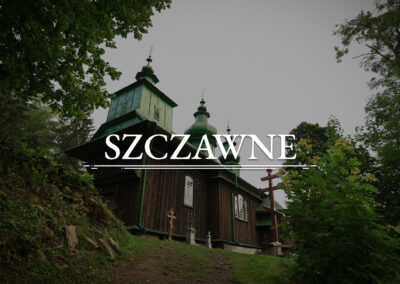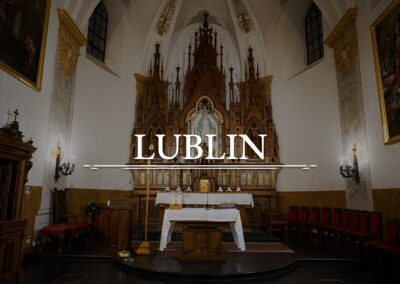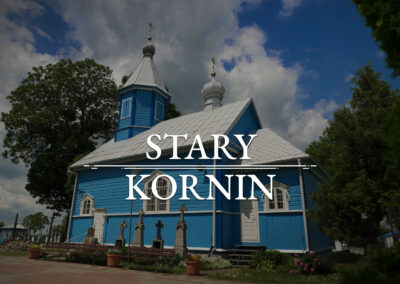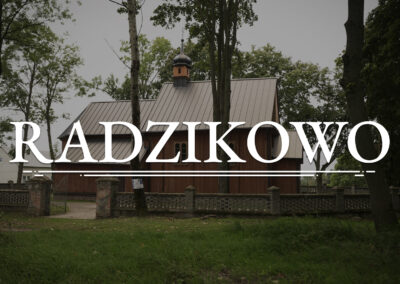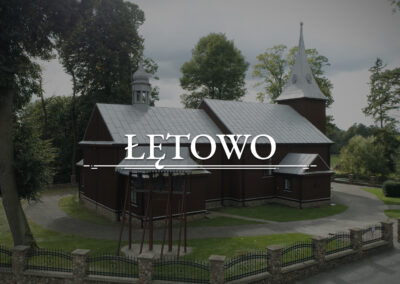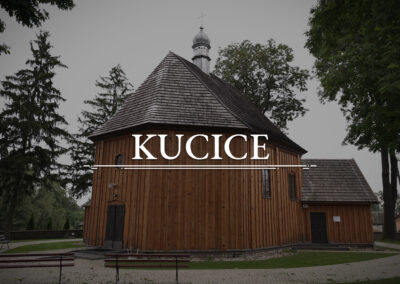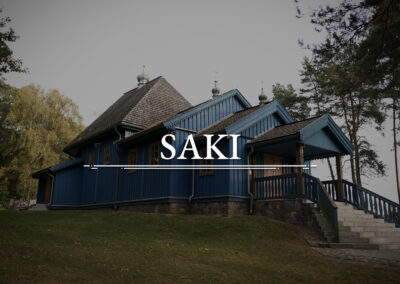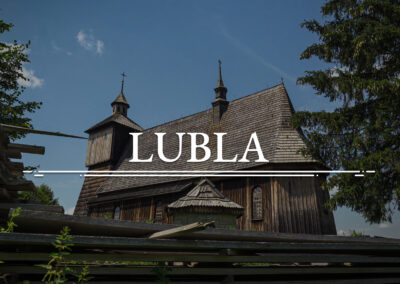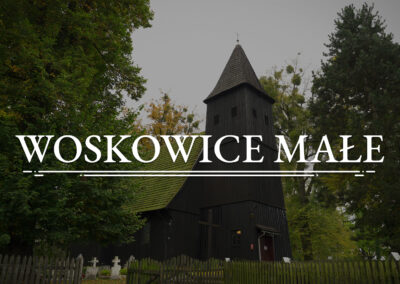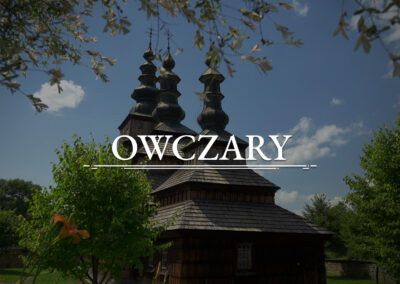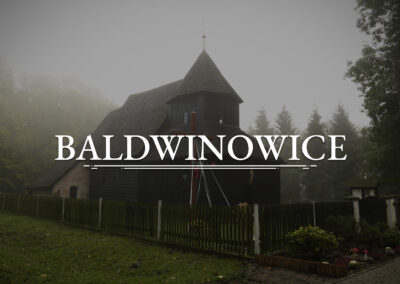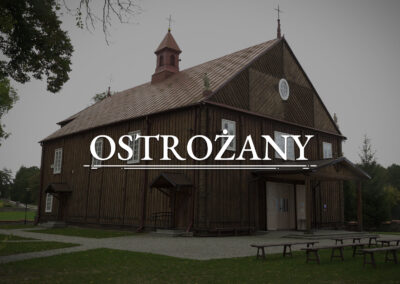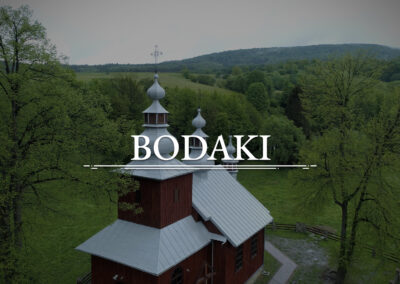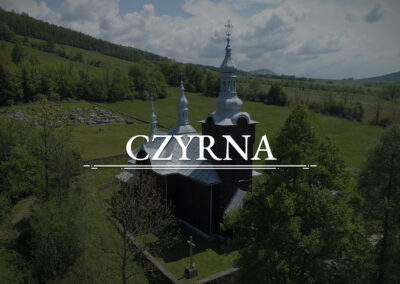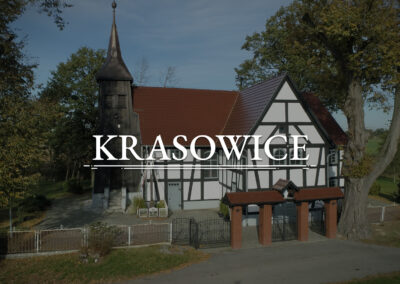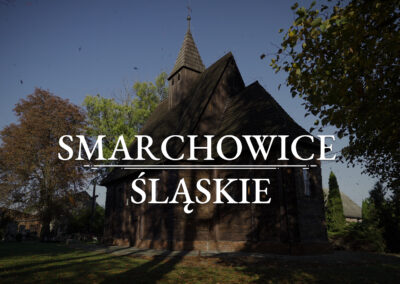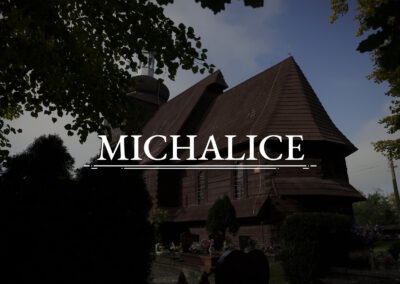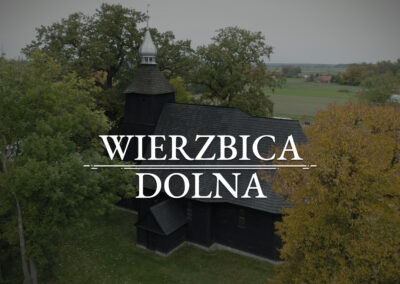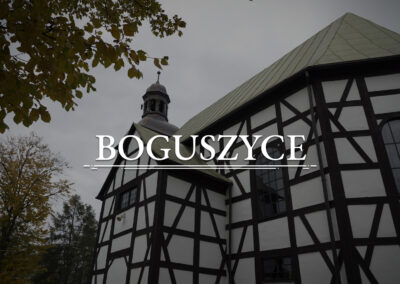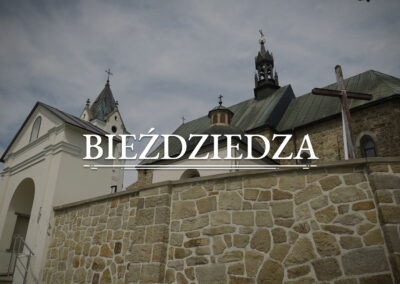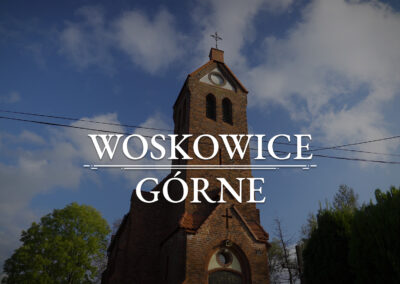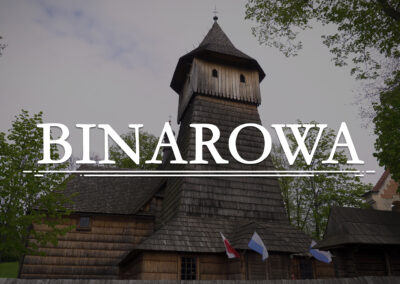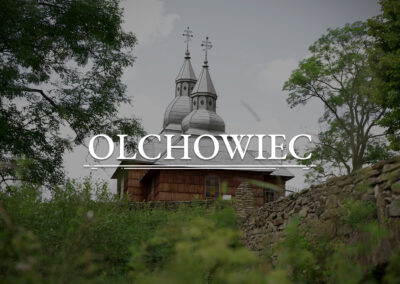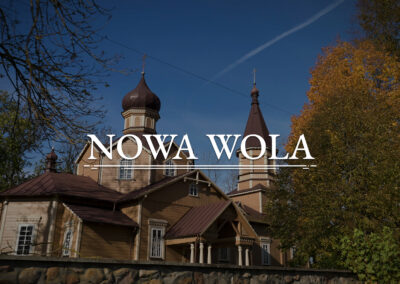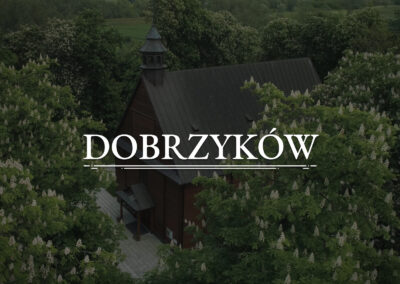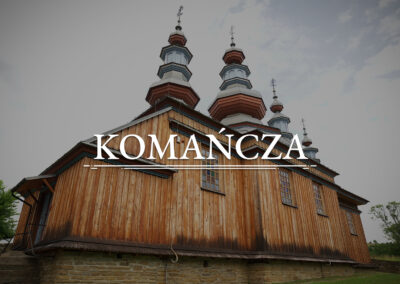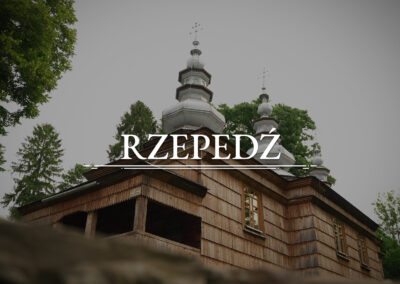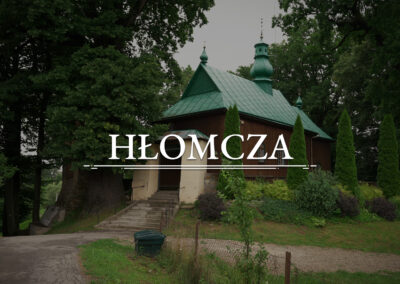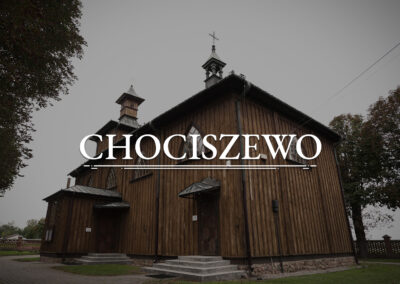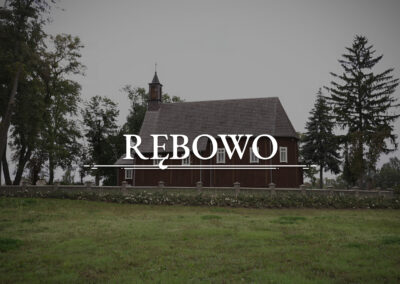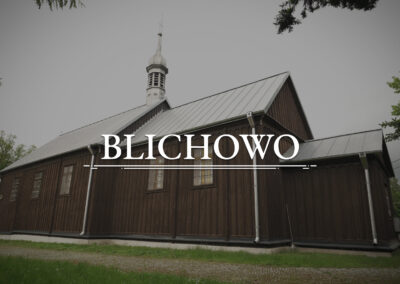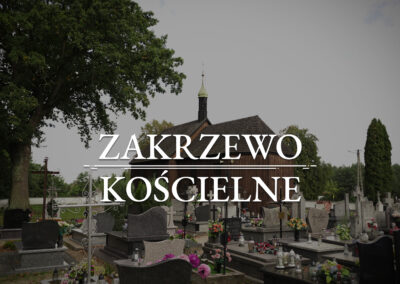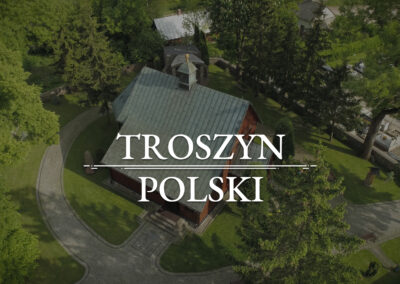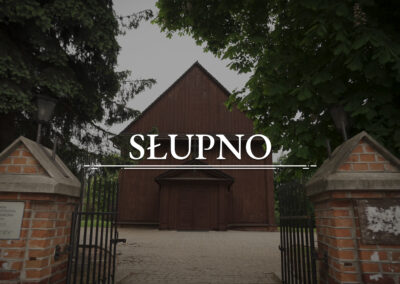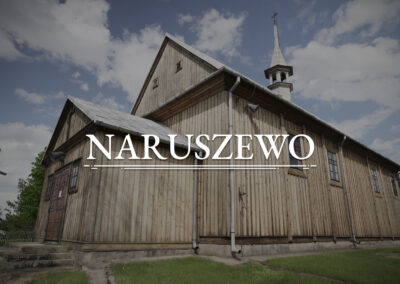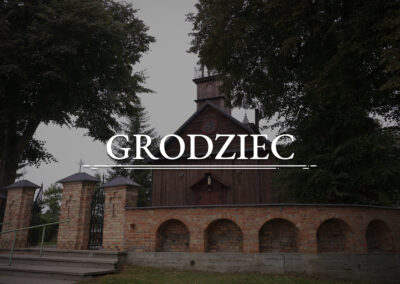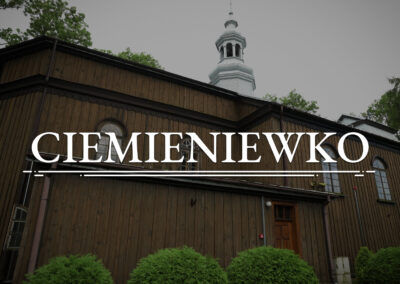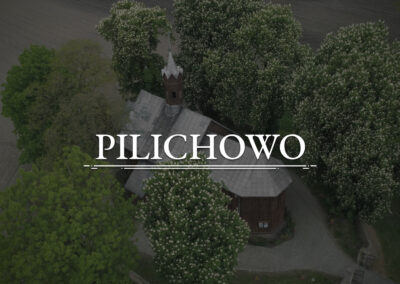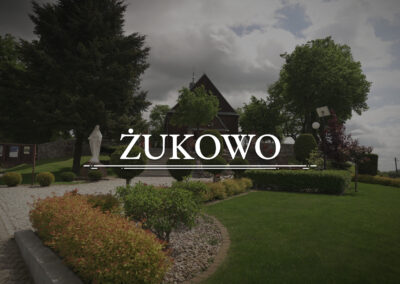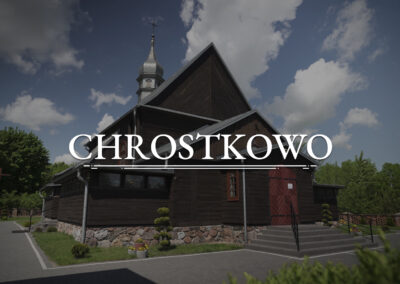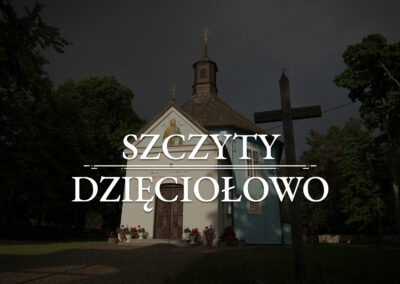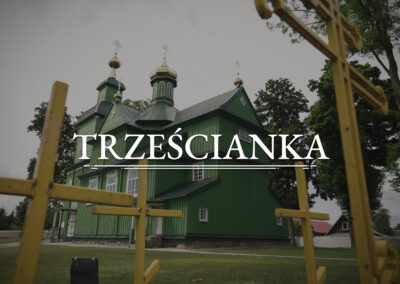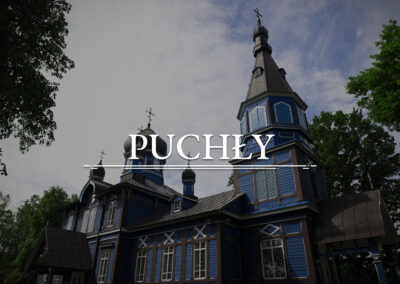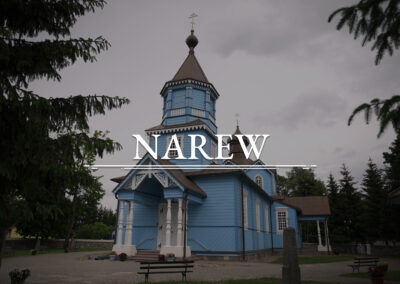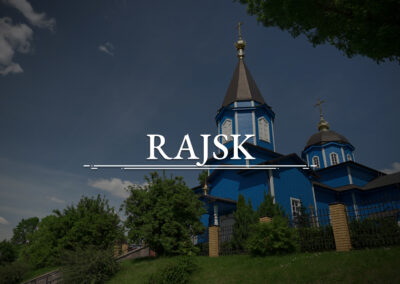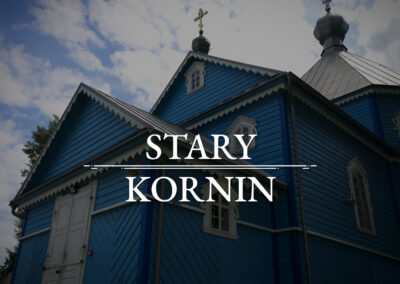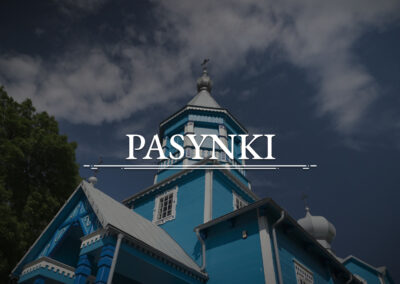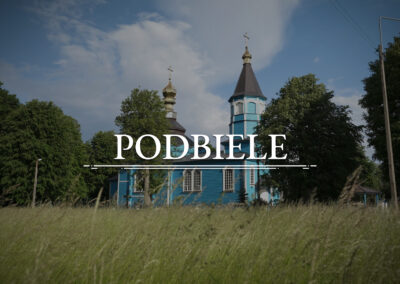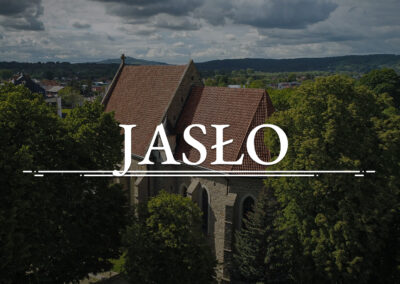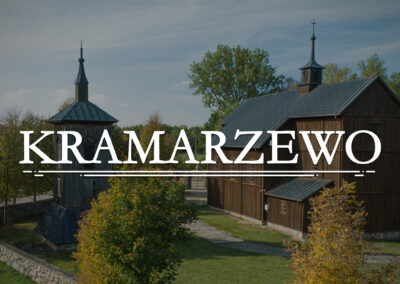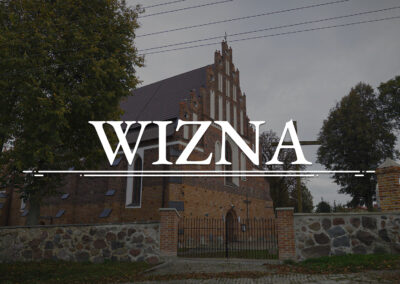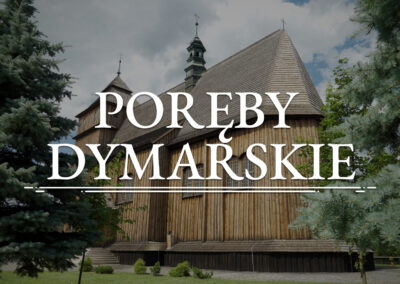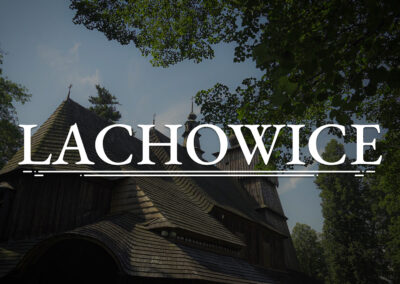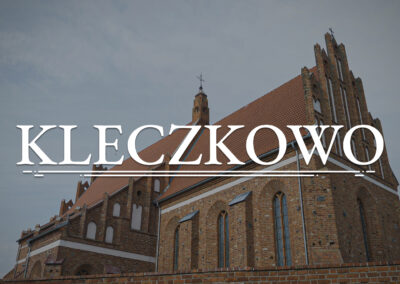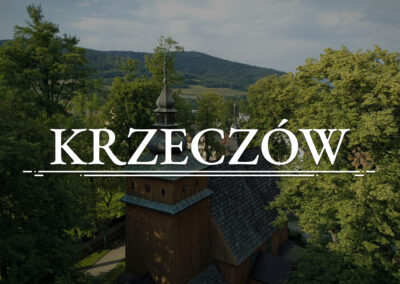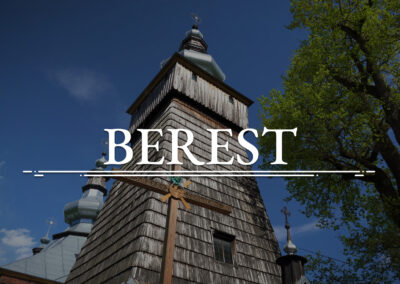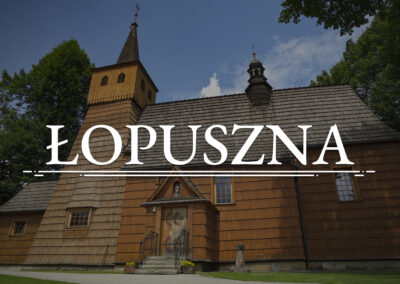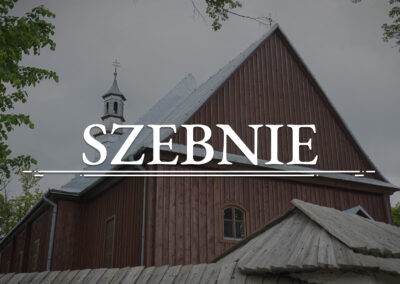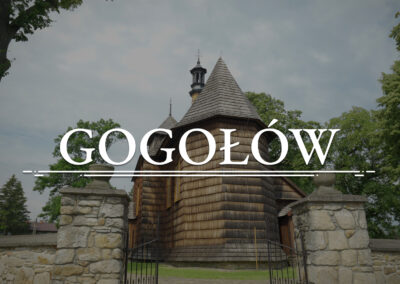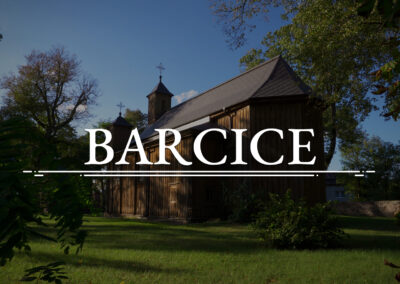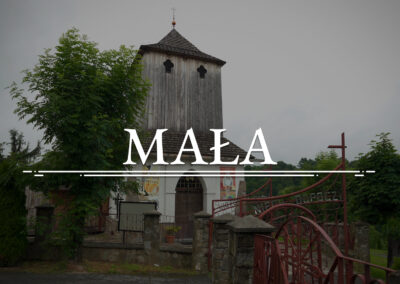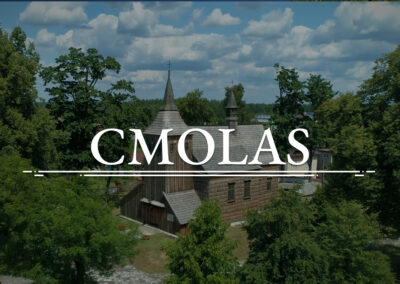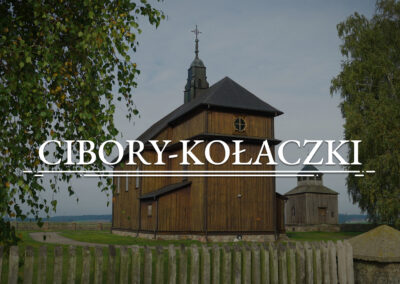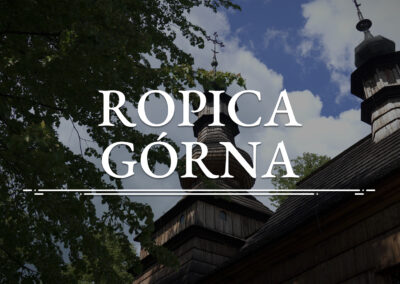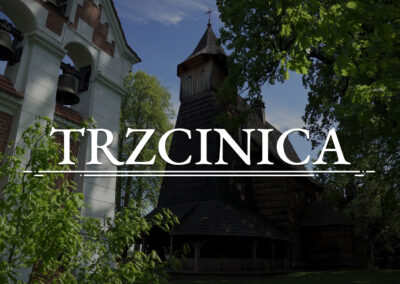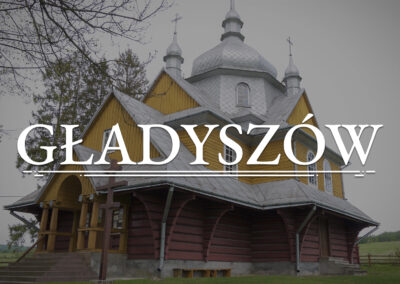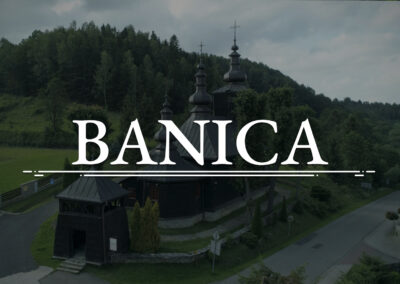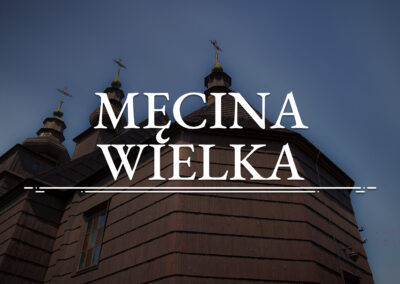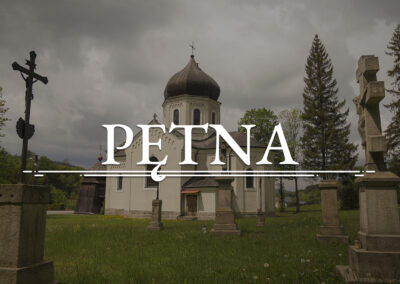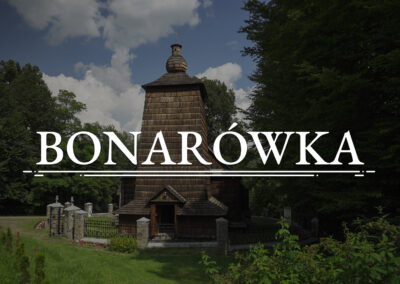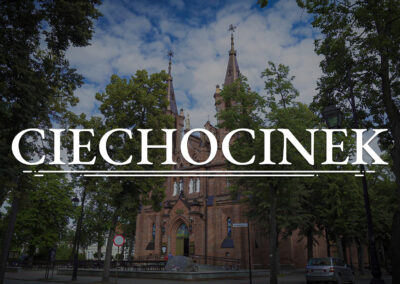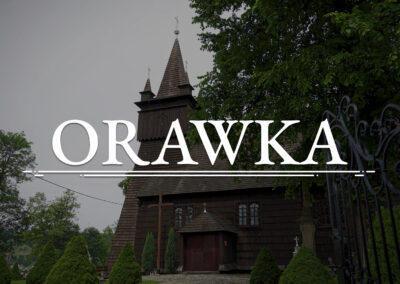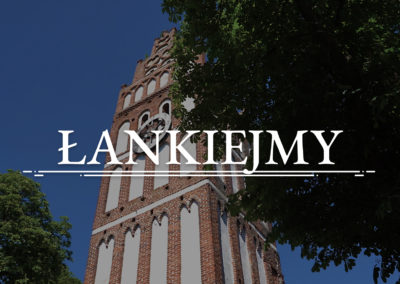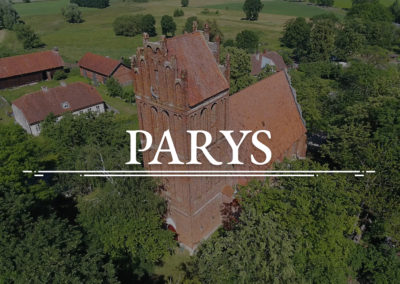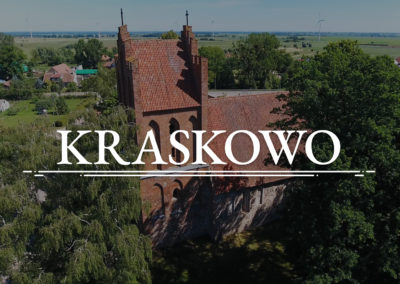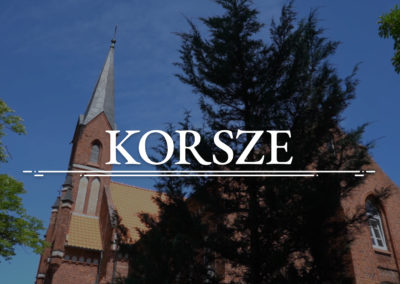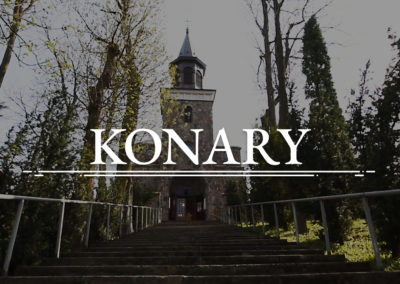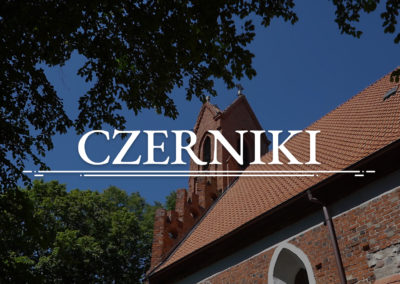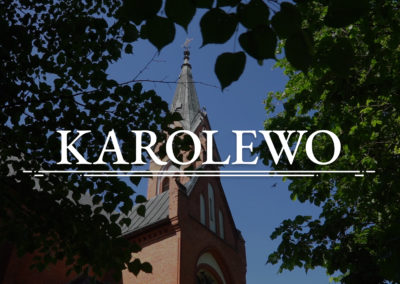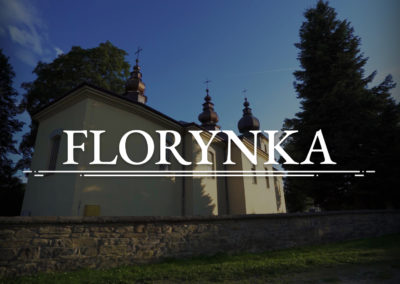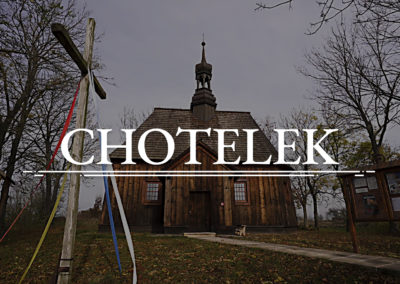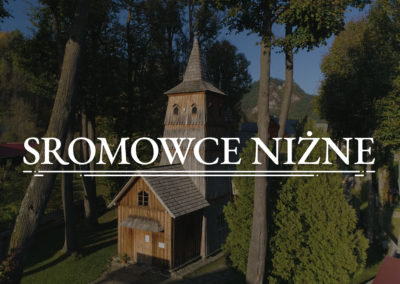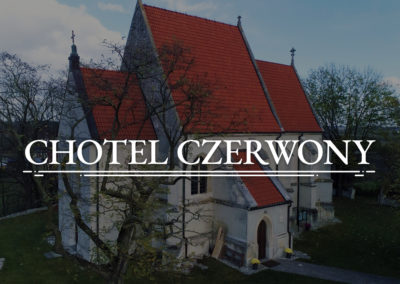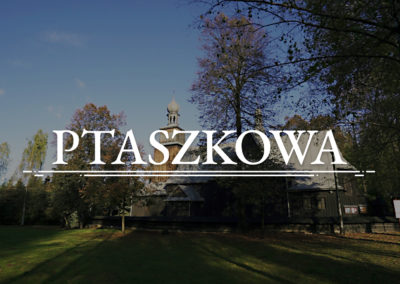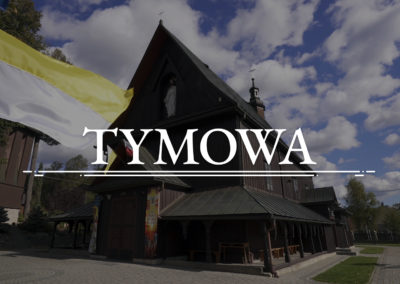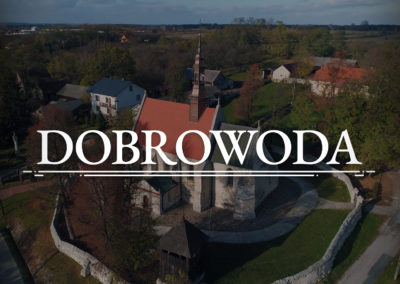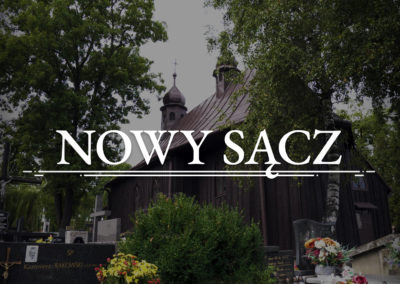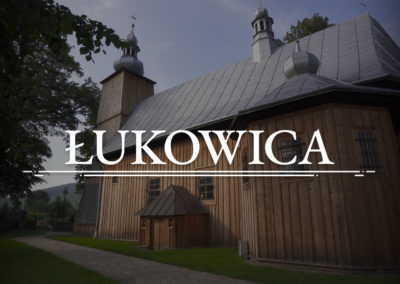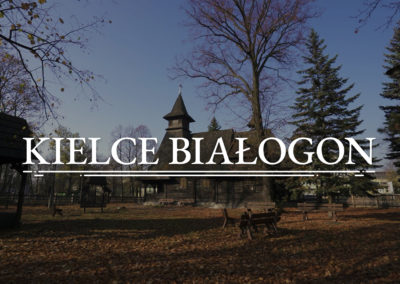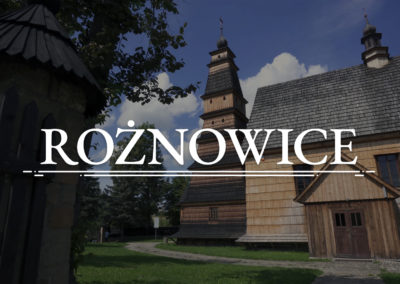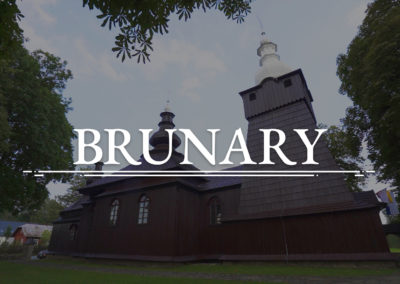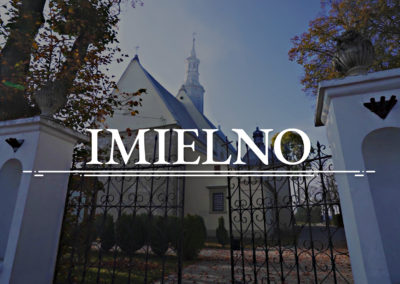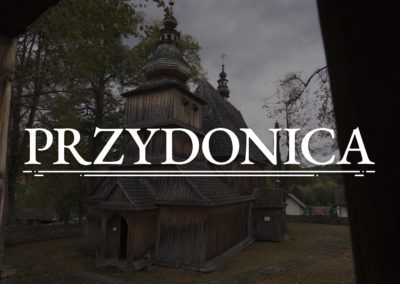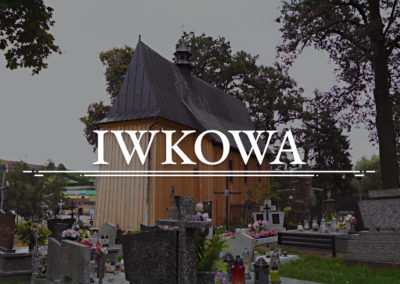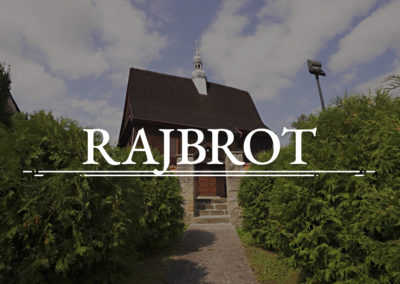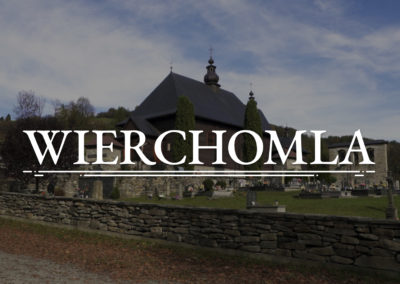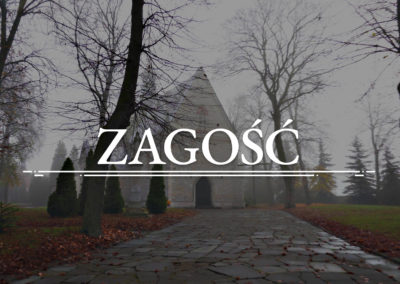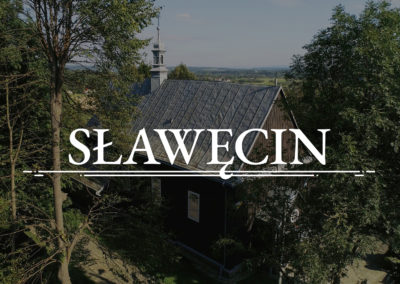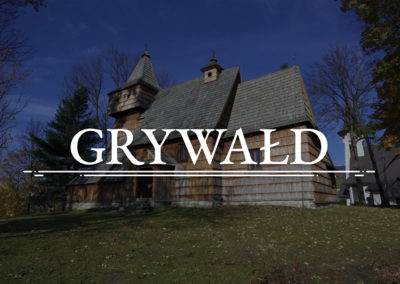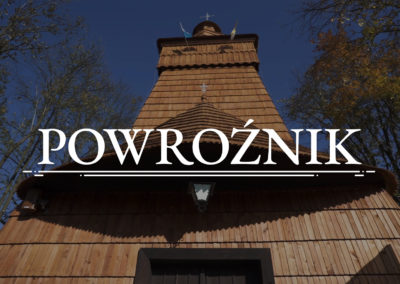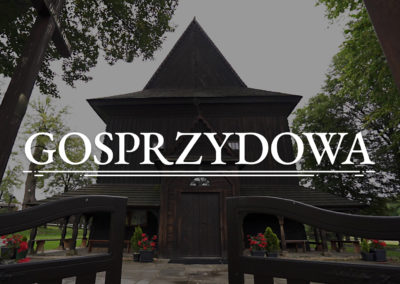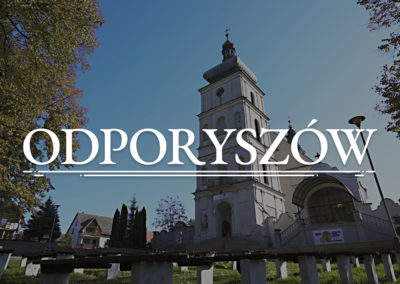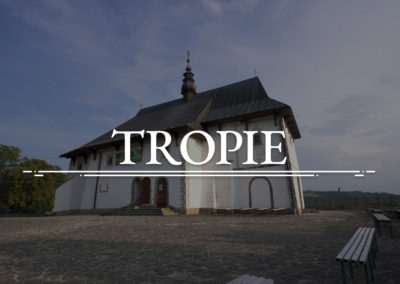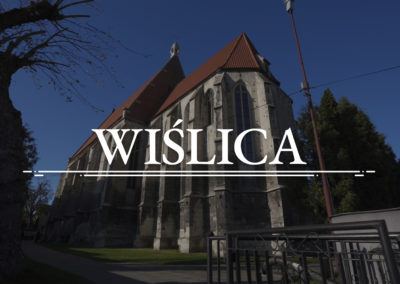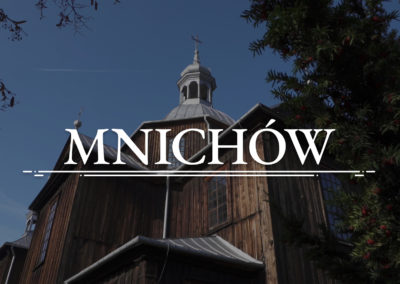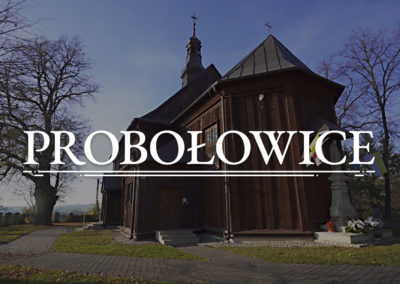SŁUPNO - St Martin Church
The wooden church has a log structure and is traditionally oriented. Elements of the body were placed in accordance with traditional art: the nave is enclosed with a smaller presbytery, a sacristy on the side and a porch in the front. On the double-ridge roof we can admire an octangular ridge turret. It is crowned with a domed roof with a lantern.
3D WALKHistory
CHURCH
IN SŁUPNO
Just like many other villages and grange estates on the Płock Land, Słupno, for many centuries, belonged to the Norbertines of Płock. The 12th century documents prove the existence of a church in the village with St Martin as patron saint. Subsequent churches were built in the 16th and in the 17th century. The last one, even though restored and rebuilt, has survived until today.
Unfortunately, it was severely damaged during the war-time. During World War I, the roof was destroyed and the new one was made of tin. The structure endured World War II as those who were interned in Płock were kept here. Once the priests were taken to the Działdowo /Soldau/ concentration camp, the church was closed. After the war, the building was refurbished in the second half of the fifties.
The wooden church has a log structure and is traditionally oriented. Elements of the body were placed in accordance with traditional art: the nave is enclosed with a smaller presbytery, a sacristy on the side and a porch in the front. On the double-ridge roof we can admire an octangular ridge turret. It is crowned with a domed roof with a lantern.
The interior delights with the decor. The space is divided with two rows of pillars. The walls and the ceiling are richly decorated. The polychromy was executed by Władysław Drapiewski in the first half of the 19th century. This renowned artist, who is admired today, was also the author of the polychromy inside the Cathedral Basilica of the Assumption of the Blessed Virgin Mary in Płock. He is the author of works of art in 122 churches, the majority of them in the Mazovia region and to the east of this region. Drapiewski was decorated for his work by two popes. Pope Pius XI awarded him with the Lateran Cross and Pope Pius XII with the Commander’s cross of the Order of St Gregory.
Inside the church it is worth paying attention to the rood beam with a crucifix dating back to the turn of the 16th and the 17th century. The main altar and one of the side altars came here from the church of the Norbertines of Płock. They were executed around the year 1600 and constitute an example of the Late Renaissance style. The pulpit and the third altar are much younger but also very precious. They date from the first half of the 19th century.
The colourful stained-glass windows are contemporary, but it does not deprive them of any charm, and they contribute to the prayer-conducive atmosphere of the church.
Unfortunately, it was severely damaged during the war-time. During World War I, the roof was destroyed and the new one was made of tin. The structure endured World War II as those who were interned in Płock were kept here. Once the priests were taken to the Działdowo /Soldau/ concentration camp, the church was closed. After the war, the building was refurbished in the second half of the fifties.
The wooden church has a log structure and is traditionally oriented. Elements of the body were placed in accordance with traditional art: the nave is enclosed with a smaller presbytery, a sacristy on the side and a porch in the front. On the double-ridge roof we can admire an octangular ridge turret. It is crowned with a domed roof with a lantern.
The interior delights with the decor. The space is divided with two rows of pillars. The walls and the ceiling are richly decorated. The polychromy was executed by Władysław Drapiewski in the first half of the 19th century. This renowned artist, who is admired today, was also the author of the polychromy inside the Cathedral Basilica of the Assumption of the Blessed Virgin Mary in Płock. He is the author of works of art in 122 churches, the majority of them in the Mazovia region and to the east of this region. Drapiewski was decorated for his work by two popes. Pope Pius XI awarded him with the Lateran Cross and Pope Pius XII with the Commander’s cross of the Order of St Gregory.
Inside the church it is worth paying attention to the rood beam with a crucifix dating back to the turn of the 16th and the 17th century. The main altar and one of the side altars came here from the church of the Norbertines of Płock. They were executed around the year 1600 and constitute an example of the Late Renaissance style. The pulpit and the third altar are much younger but also very precious. They date from the first half of the 19th century.
The colourful stained-glass windows are contemporary, but it does not deprive them of any charm, and they contribute to the prayer-conducive atmosphere of the church.
SŁUPNO - St Martin Church
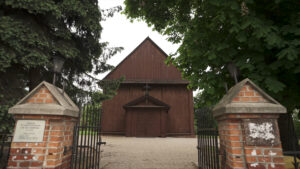
COFUNDED BY THE MINISTER OF CULTURE AND NATIONAL HERITAGE
ORIGINATING FROM CULTURE PROMOTION FUND




